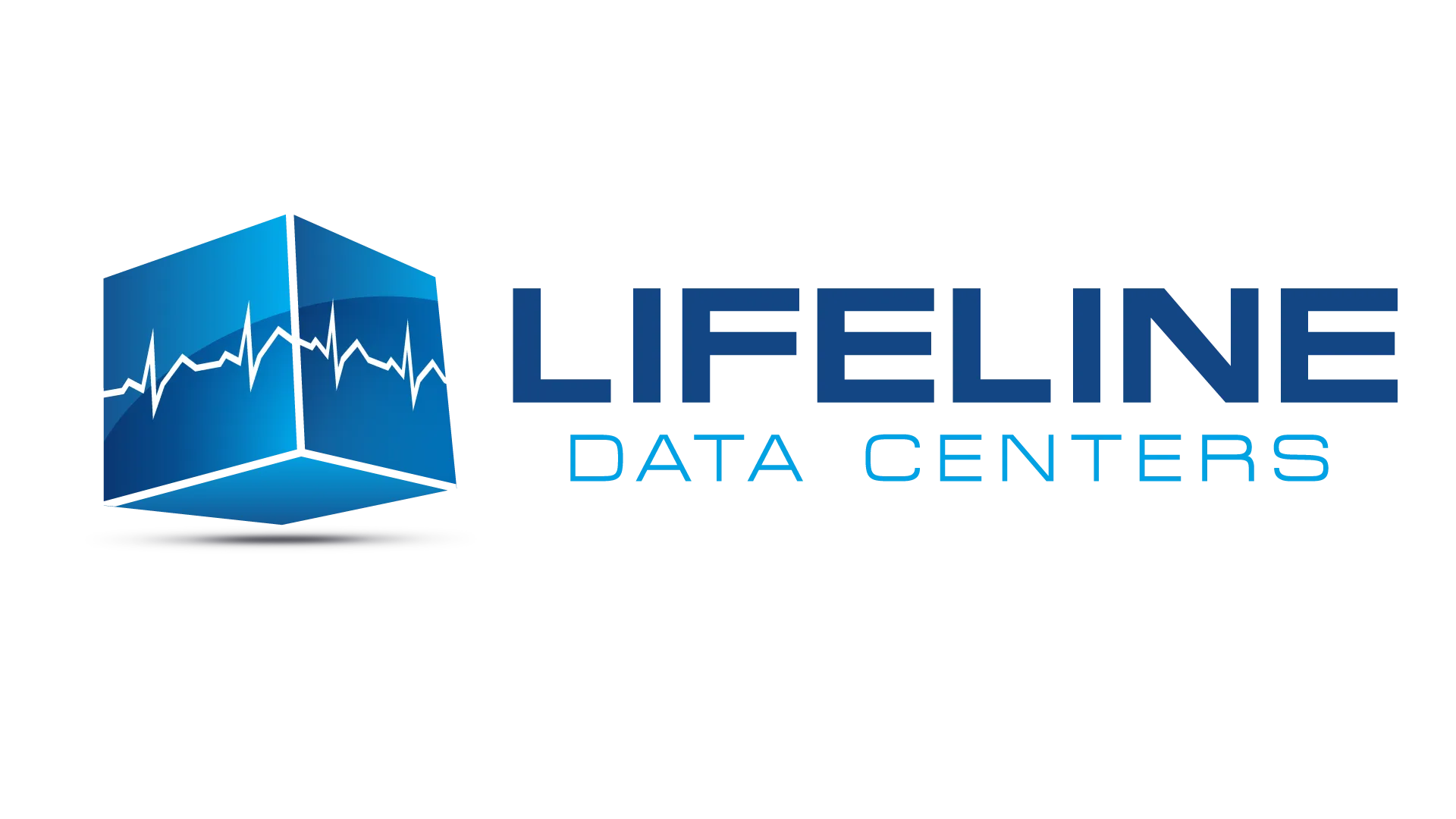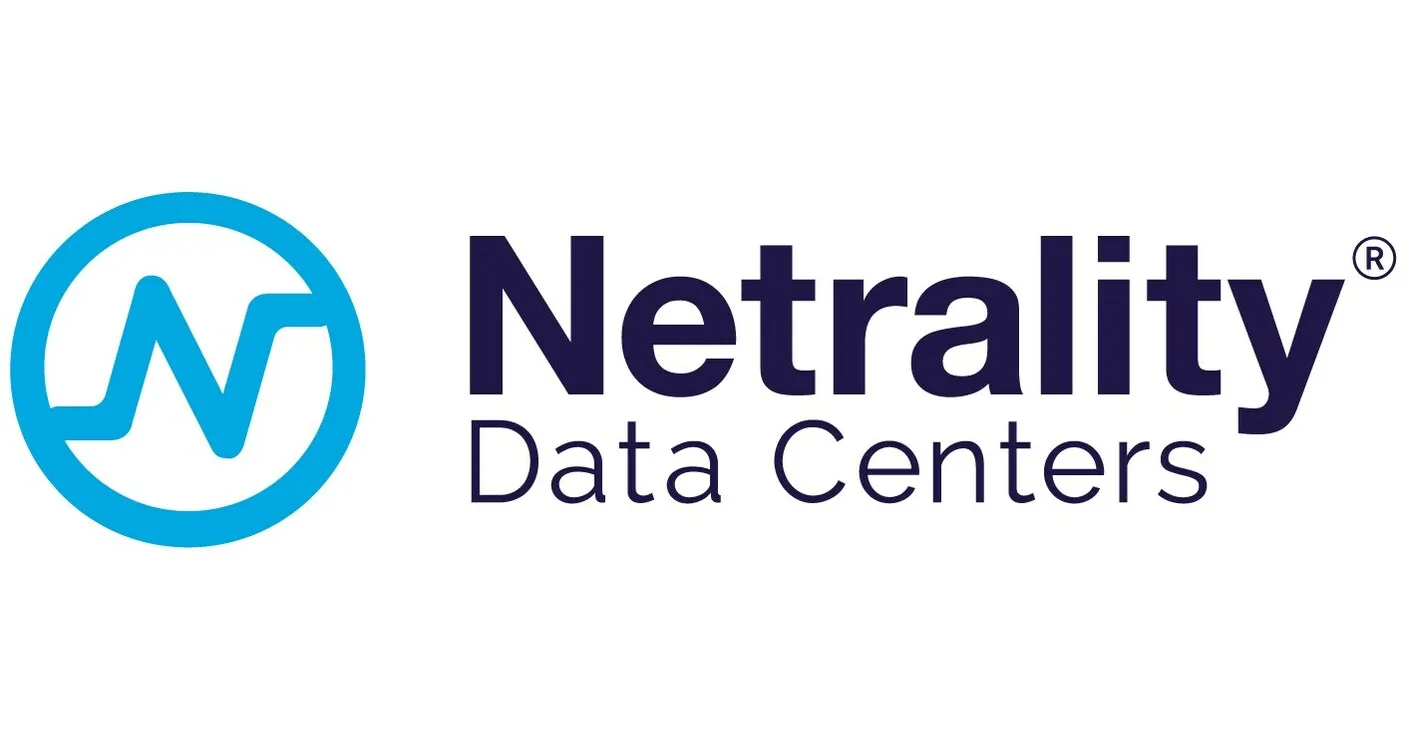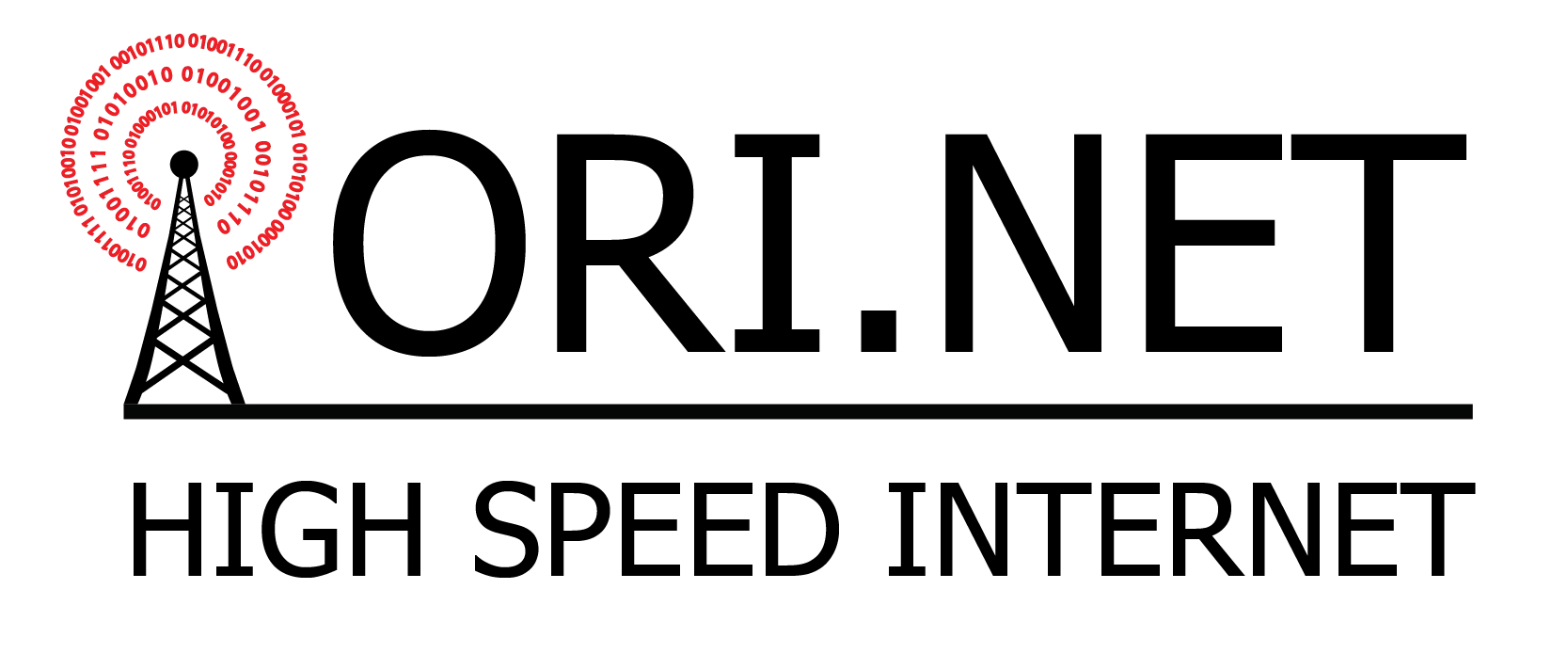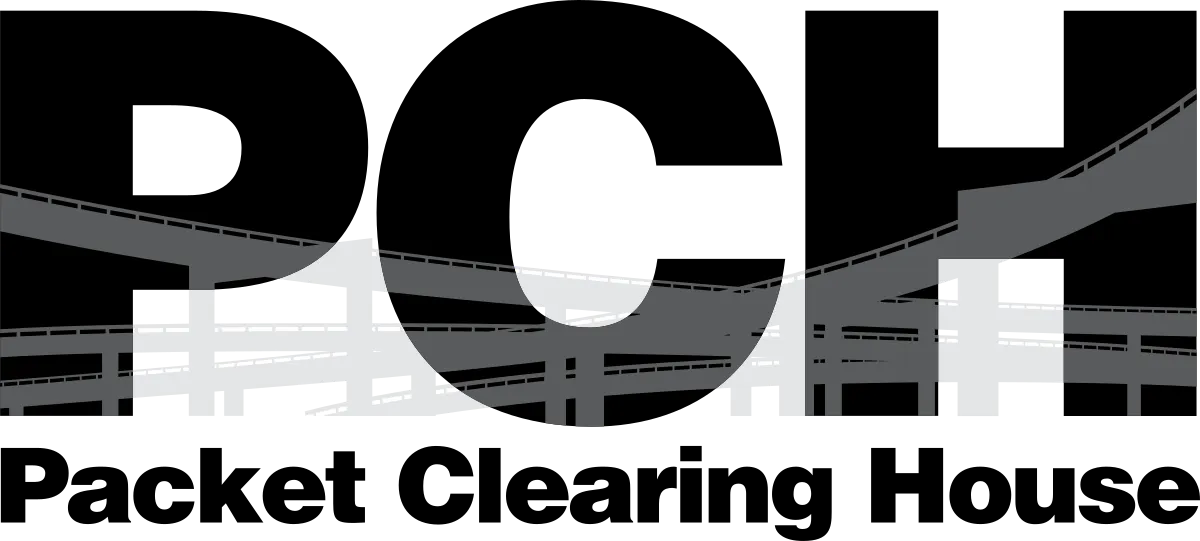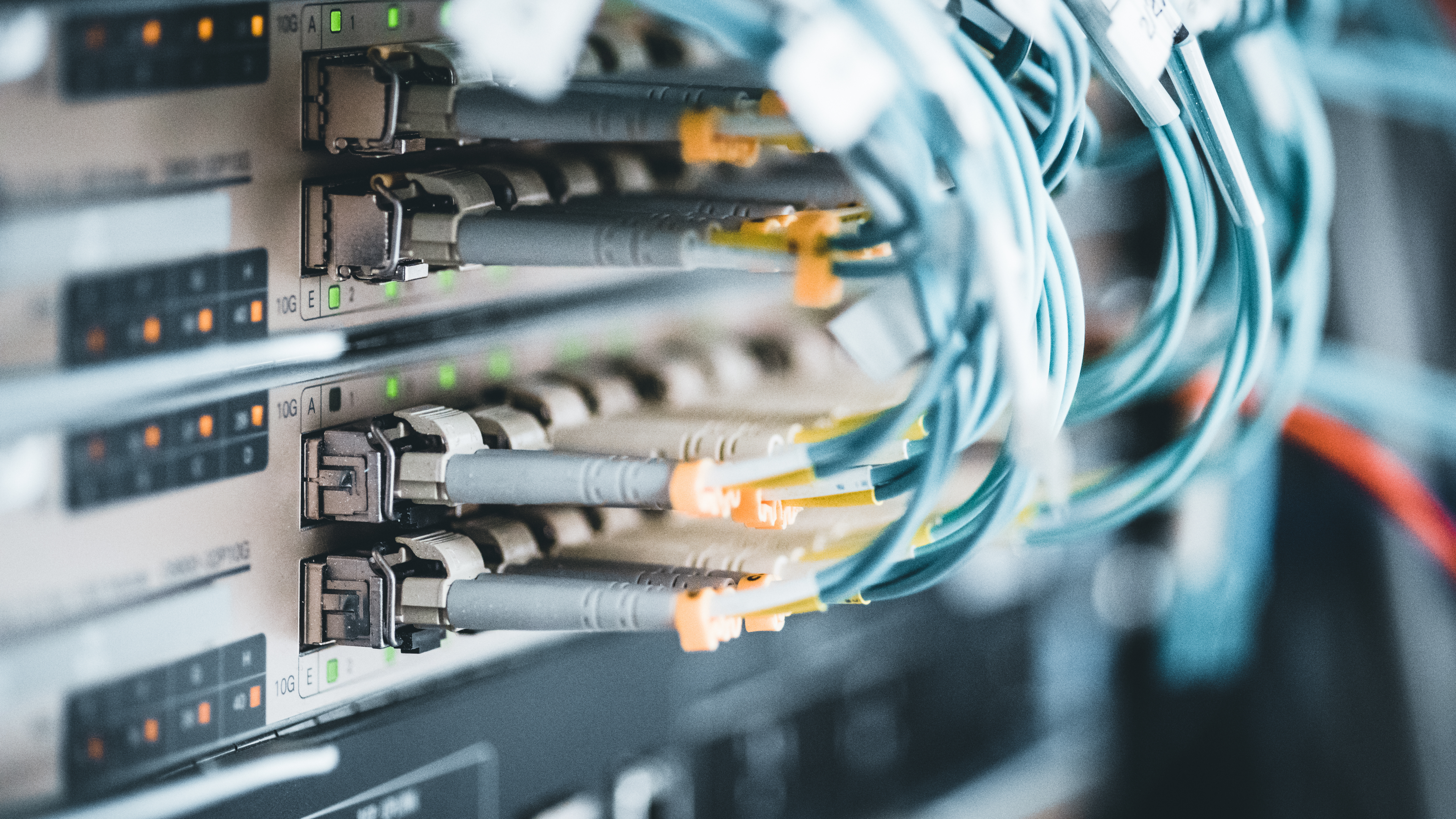
Internet exchange made simple.
FD-IX is a modern solution to peering and connectivity. We provide interconnection in 31 datacenters across the United States.
55
ASNs
64
Ports
100
Gbps
Average Throughput
1
Terabit
Capacity
SOLUTIONS & NETWORK PARTNERSHIPS
Our strategic alliances with industry leaders; delivering enhanced connectivity, performance, and global reach for our members.
LATEST NEWS & UPDATES
Stay informed about our network developments and industry insights.
Sep 21, 2025
How Peering Can Speed Up Your Enterprise Applications
Peering helps enterprises improve application performance by reducing latency, avoiding congestion, and creating more reliable user experiences.
FD-IX Team
Read MoreSep 9, 2025
How Internet Exchanges Can Help BEAD Winners Succeed
BEAD winners can accelerate their network builds and community impact by leveraging Internet Exchanges like FD-IX.
FD-IX Team
Read MoreSep 2, 2025
FD-IX Elevates Indianapolis Network with MikroTik "Back to Home" Node
Ready to exchange traffic?
Join dozens of networks and reduce your transit costs today.
No Setup Fees
24/7 Support
99.99% Uptime SLA



